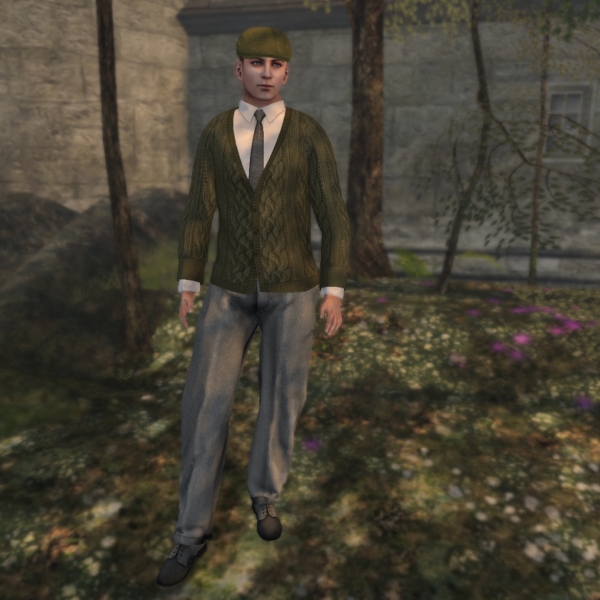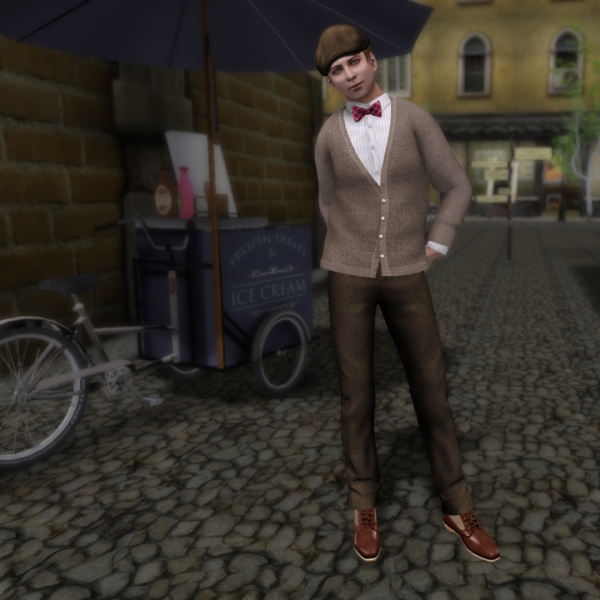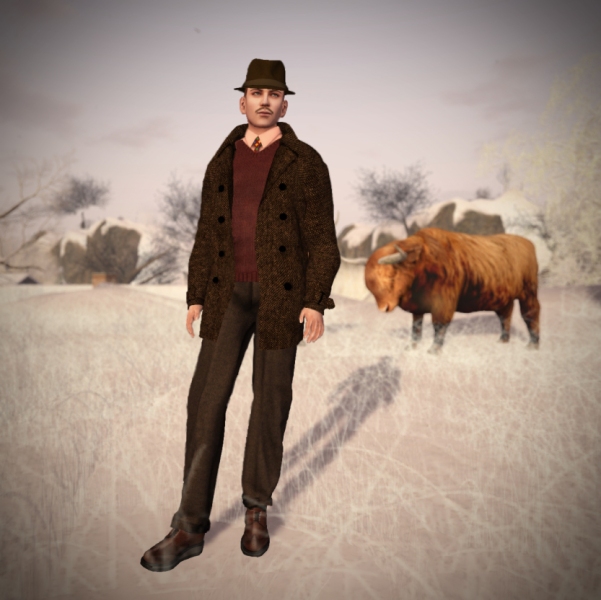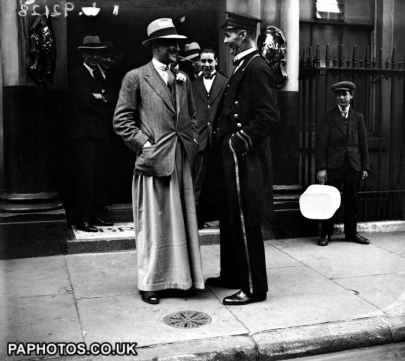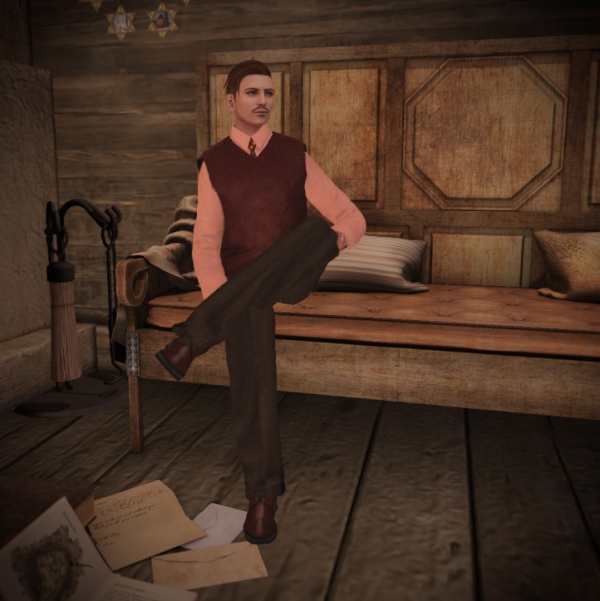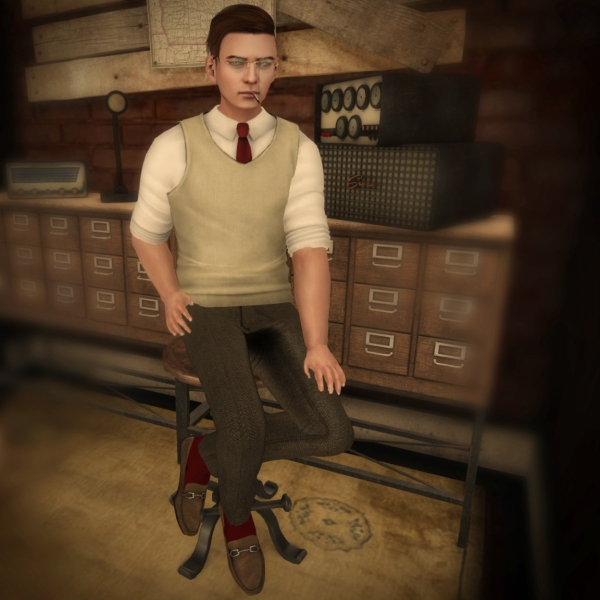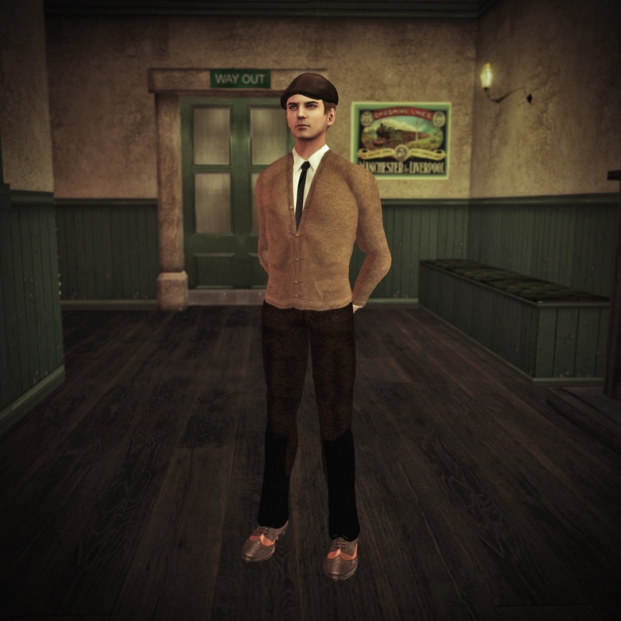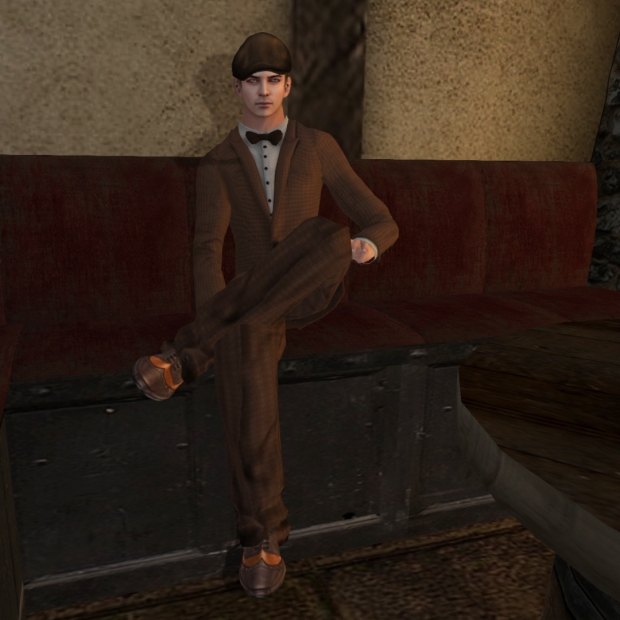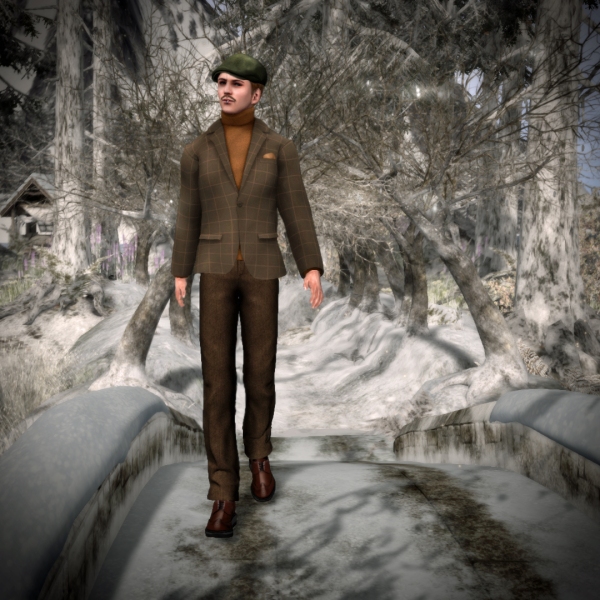 [1] Location: Woodsy — O, for a lounge jacket that reaches our fingertips….
[1] Location: Woodsy — O, for a lounge jacket that reaches our fingertips….
We usually associate polo necks — also known as turtlenecks — with academic types and the fashions of the 1960s and ‘70s — Michel Foucault and Steve McQueen, anyone? — but we’ve learned that Noel Coward was sporting a turtleneck as casual wear as early as the mid-1920s, and one can be spotted from time to time in gentlemen’s sportswear fashion illustrations from the 1930s. We haven’t found many of these illustrations and have yet to uncover a photograph of a young Mr. Coward in one, so we’ll have to take Wikipedia’s word on that point. We will say, though, that we have uncovered a few turtlenecked stars of the silver screen in the 1920s and early 1930s, and a smattering of even earlier photographs of athletic, young university boosters in their college turtle-necked sweaters.
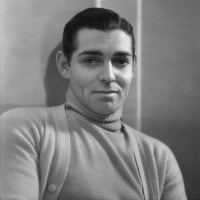
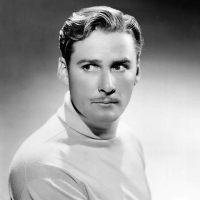
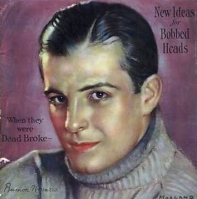 George Hurrell portrait of Clark Gable, 1932 / Errol Flynn in the early ’30s / Ramon Novarro, Motion Picture magazine cover, 1920s
George Hurrell portrait of Clark Gable, 1932 / Errol Flynn in the early ’30s / Ramon Novarro, Motion Picture magazine cover, 1920s
We cannot recall any mention of this sweater style in the Jeeves and Wooster canon, but given what is known about the former’s strong feelings regarding neckties, we should imagine that the latter would not be able to keep his hands on one for long, unless, perhaps, as part of rugged outdoor attire associated with winter sports and hiking up Alps. Mr. Wooster, being more inclined toward the habits of a Mayfair clubman than an rugged he-man of the outdoors, would have few such occasions for such a garment, the fashion guidance of matinee idols, aside. Still, because the odd m.i. here and there presents it as a possibility of the era, it’s worth a mention as a possibility for interwar virtual period wear for gentlemen. Certainly working men in the trades could pull it off with little comment.
Speaking of that, we found a trouser that suggests a corduroy fabric, a textile that was quite popular among the working set in the first half of the 20th century. Our Mr. Wooster would be unlikely to sport anything in corduroy, unless involved in rugged outdoor pursuits, and we’ve already hinted at his disinclination for those. That said, in the interest of letting readers know such trousers exist, we present them here.
We also present the reefer blazer featured earlier with the turtleneck shirting option that comes with it, paired with an appropriately casual grey flannel trouser.
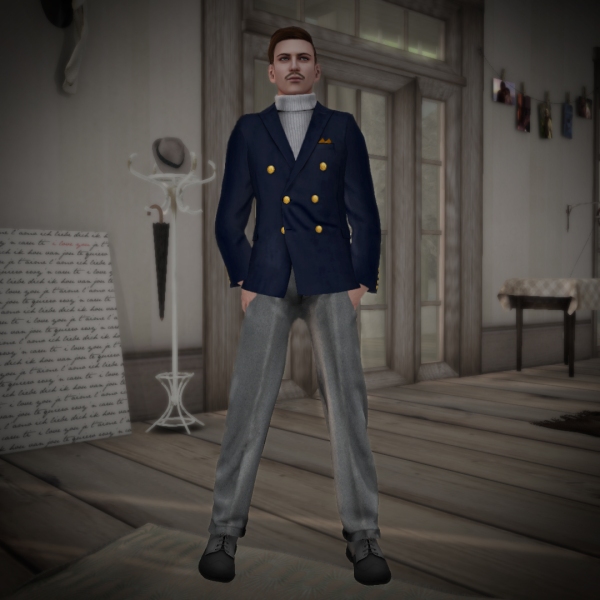 [2]
[2]
Suggested
Sport coat with Turtleneck [1] ~ FATEwear shirt, Ralph (blazer, seater and pocket handkerchief)
Blazer with Turtleneck [2] ~ Hoorenbeek, Double Breasted in blue
Trousers [1] ~ Asteria MensWear, Broderick pants, brown
Trousers [2] ~ Bastard, steel casual baggy
Hat/hair [1] ~ Argrace Hunting “Very short” in light brown
Hair [2] ~ Action James (includes color change HUD and a plethora of color options)
Shoes [1] ~ Gabriel, wingtip in brown, past group gift
Shoes [2] ~ Fir & MNA, Ashford Brogue, grey and charcoal
Mustache ~ Fe Style, 6ED in brown
Cigarette [1] ~ Sinister Designs, cigarette sculpty v.3, from SL marketplace
Dressed for L$870 & 1517, respectively
Resources Consulted
Wikipedie — Polo neck
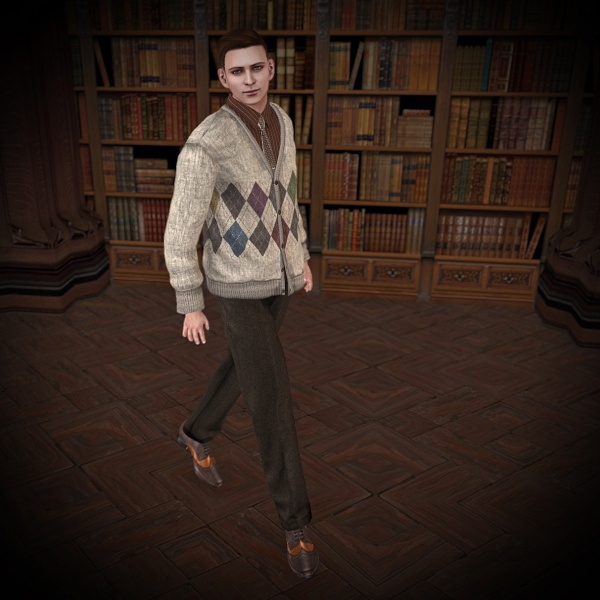 Location: Caelestium Isle
Location: Caelestium Isle